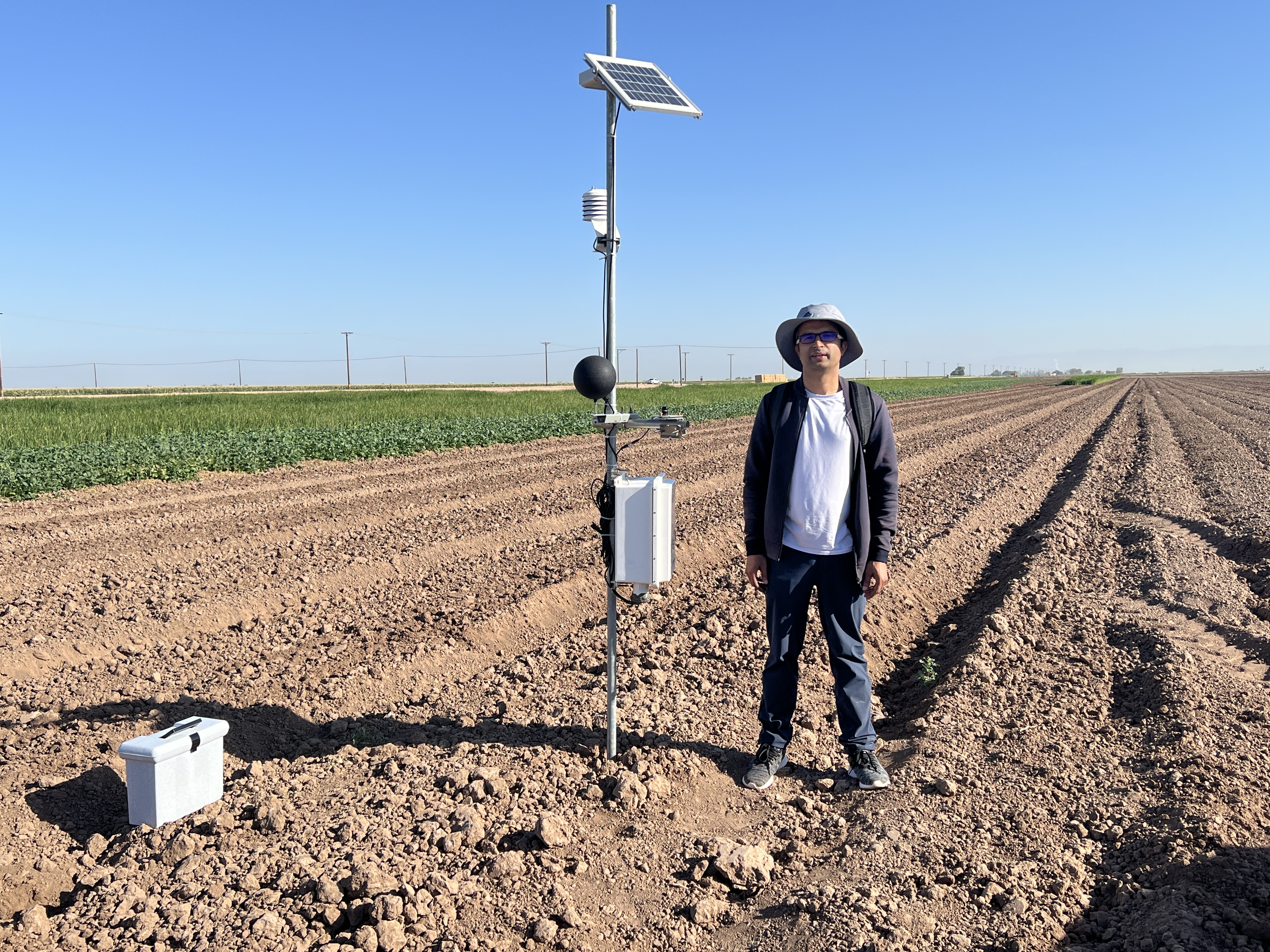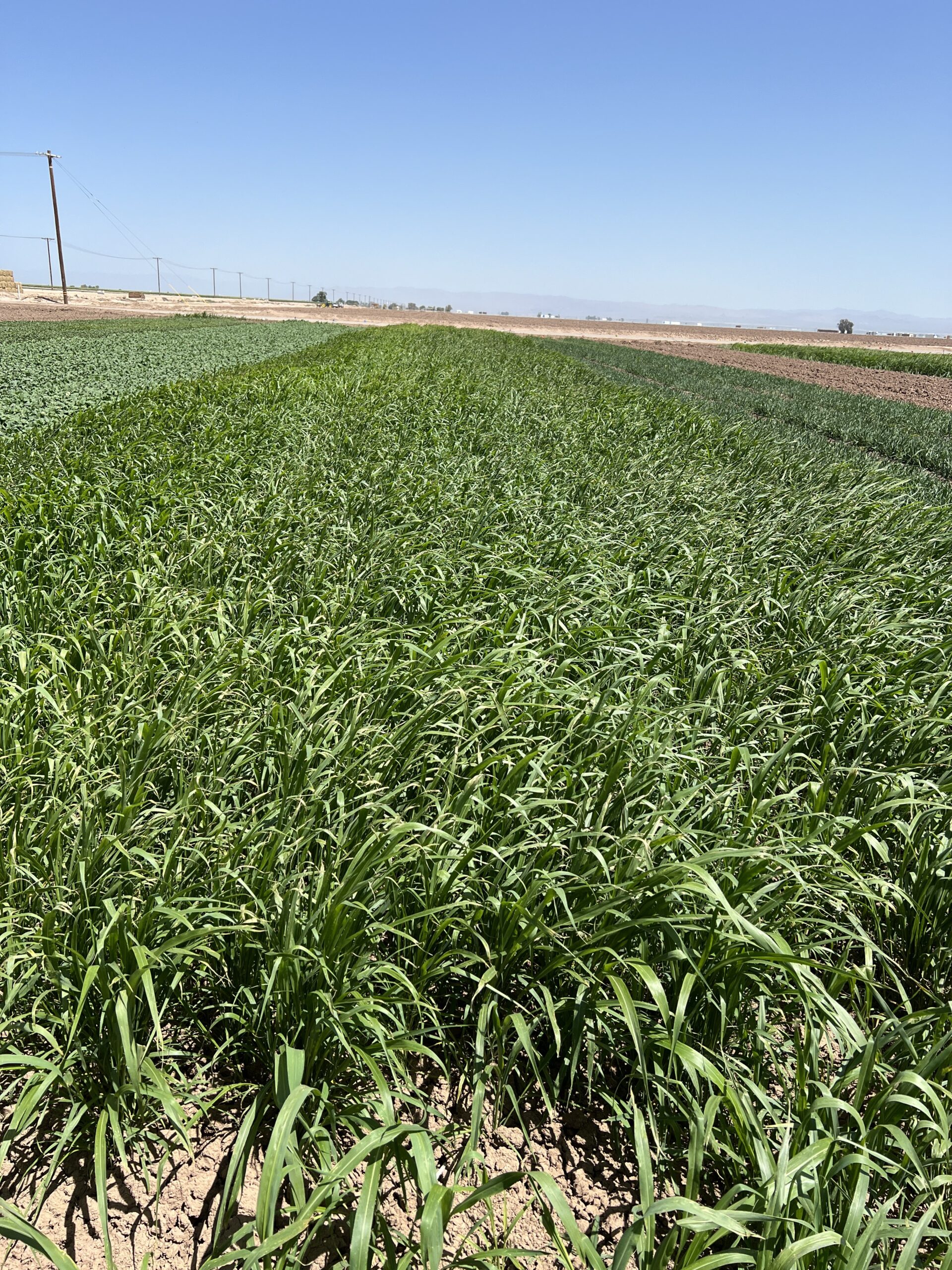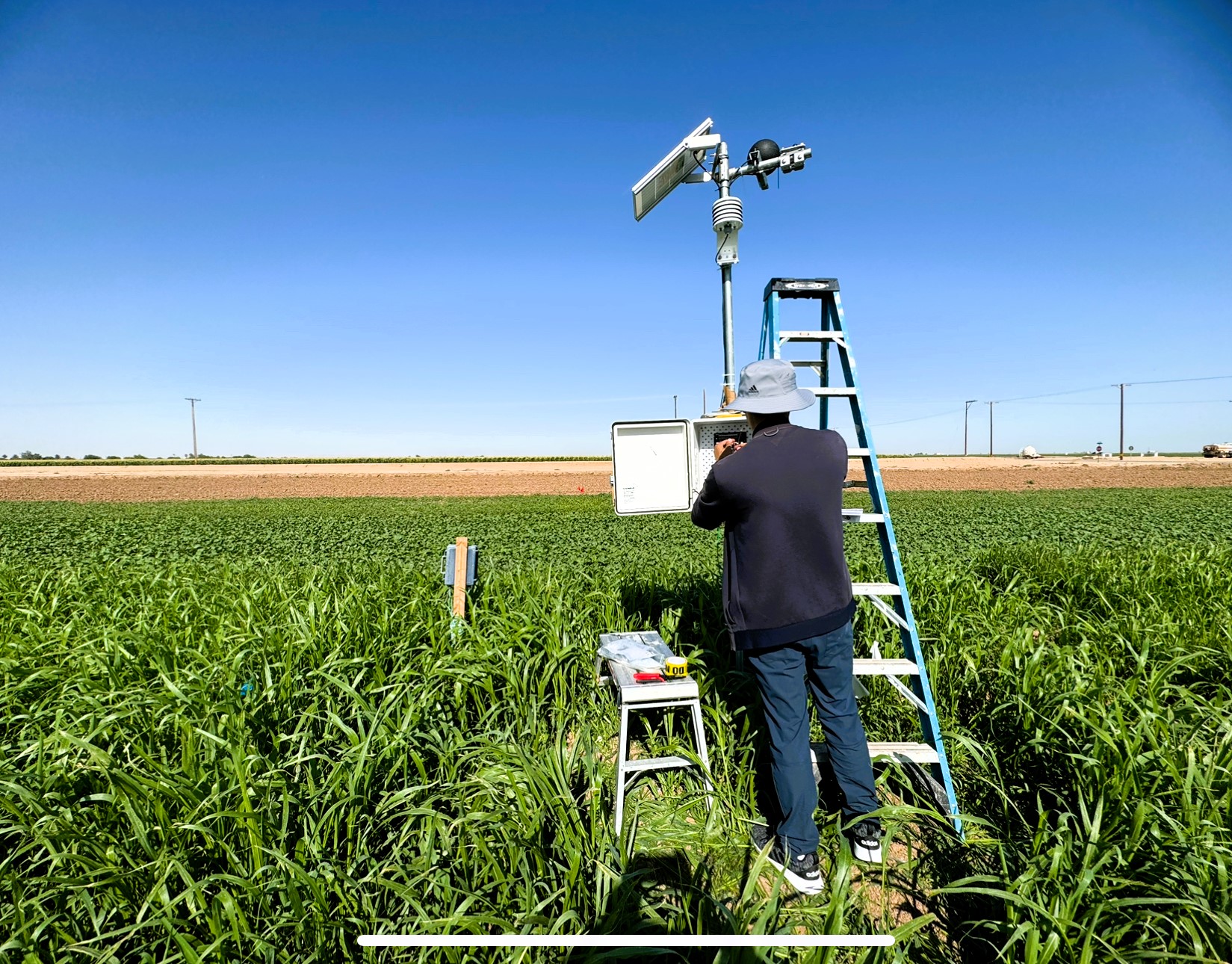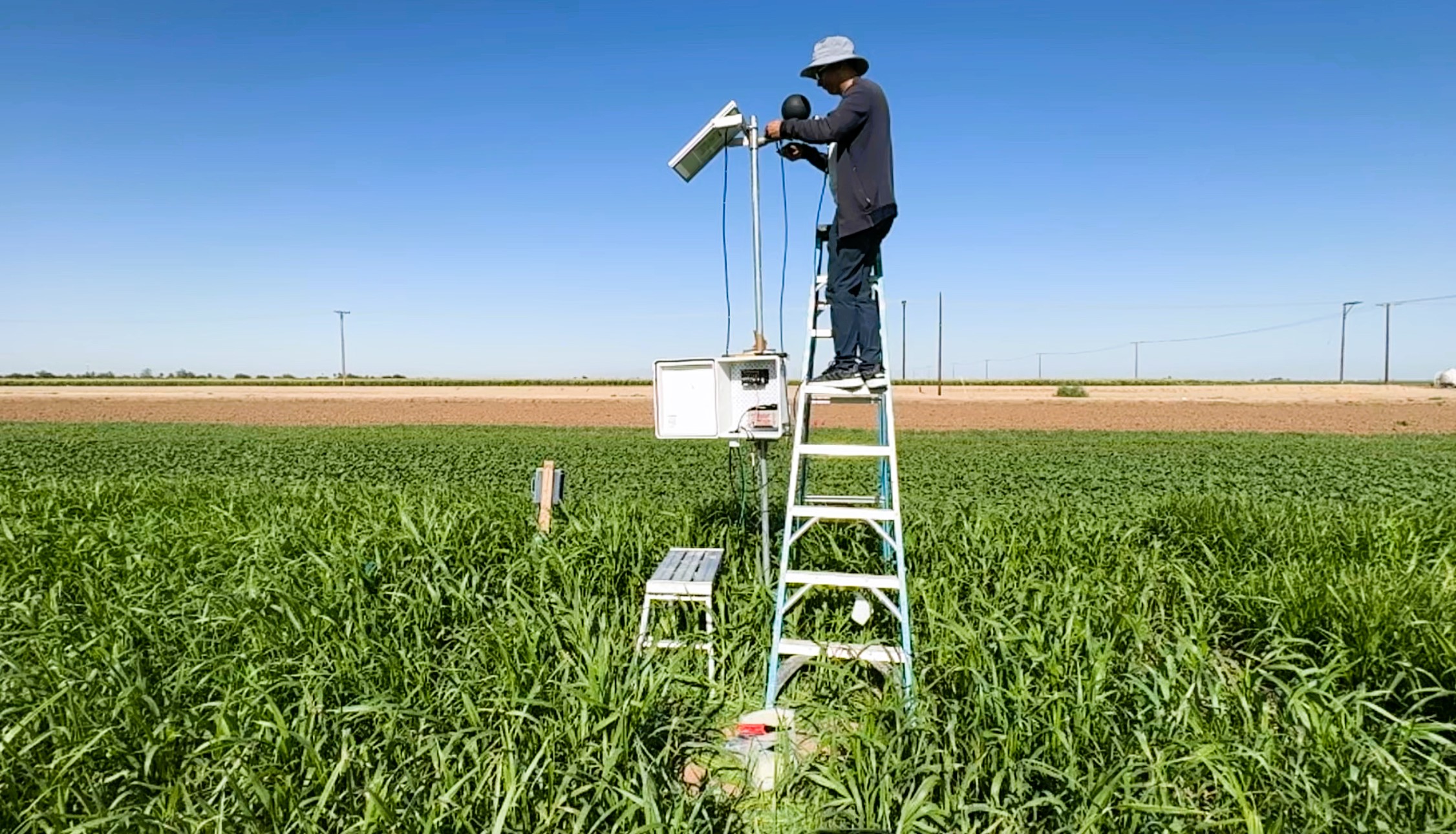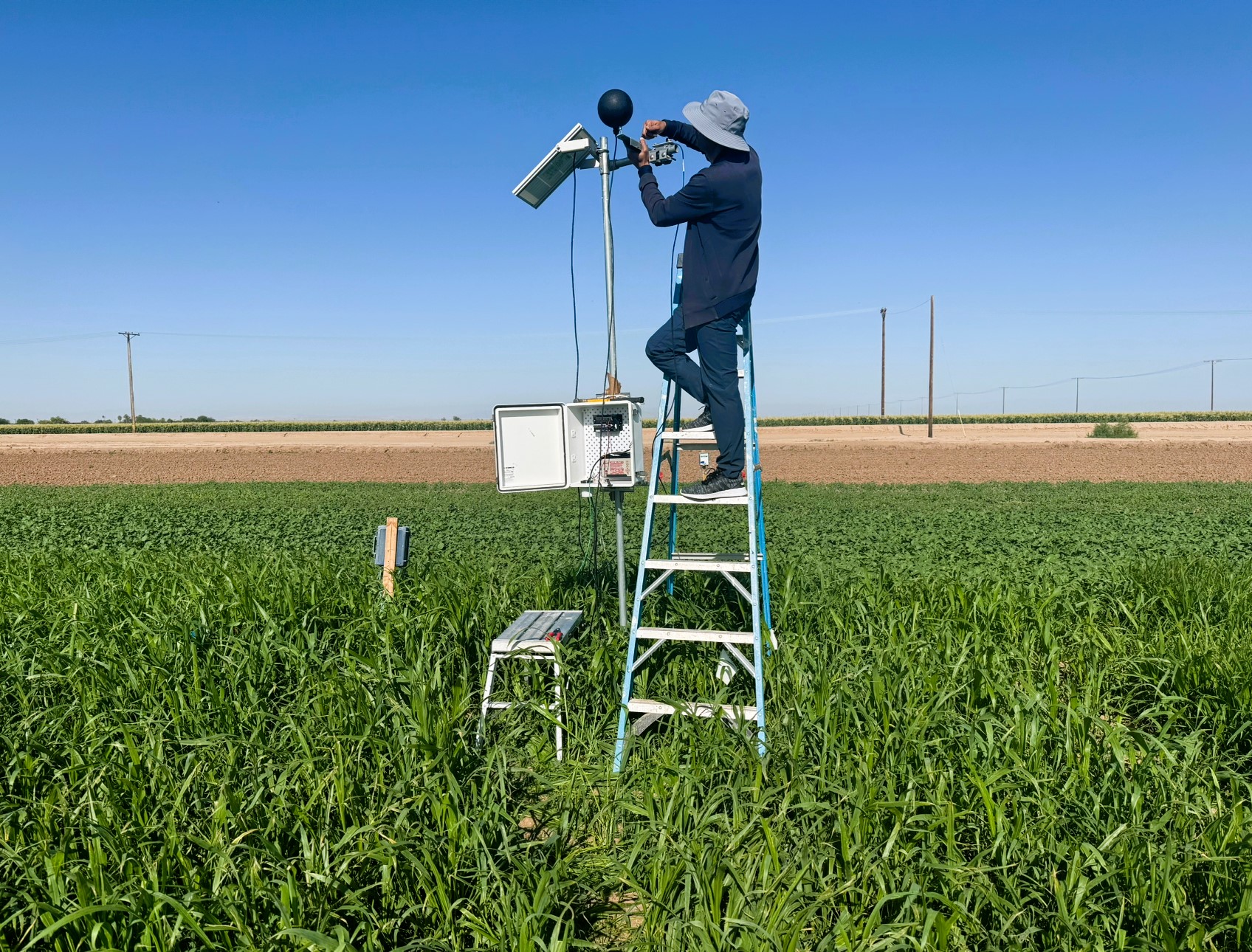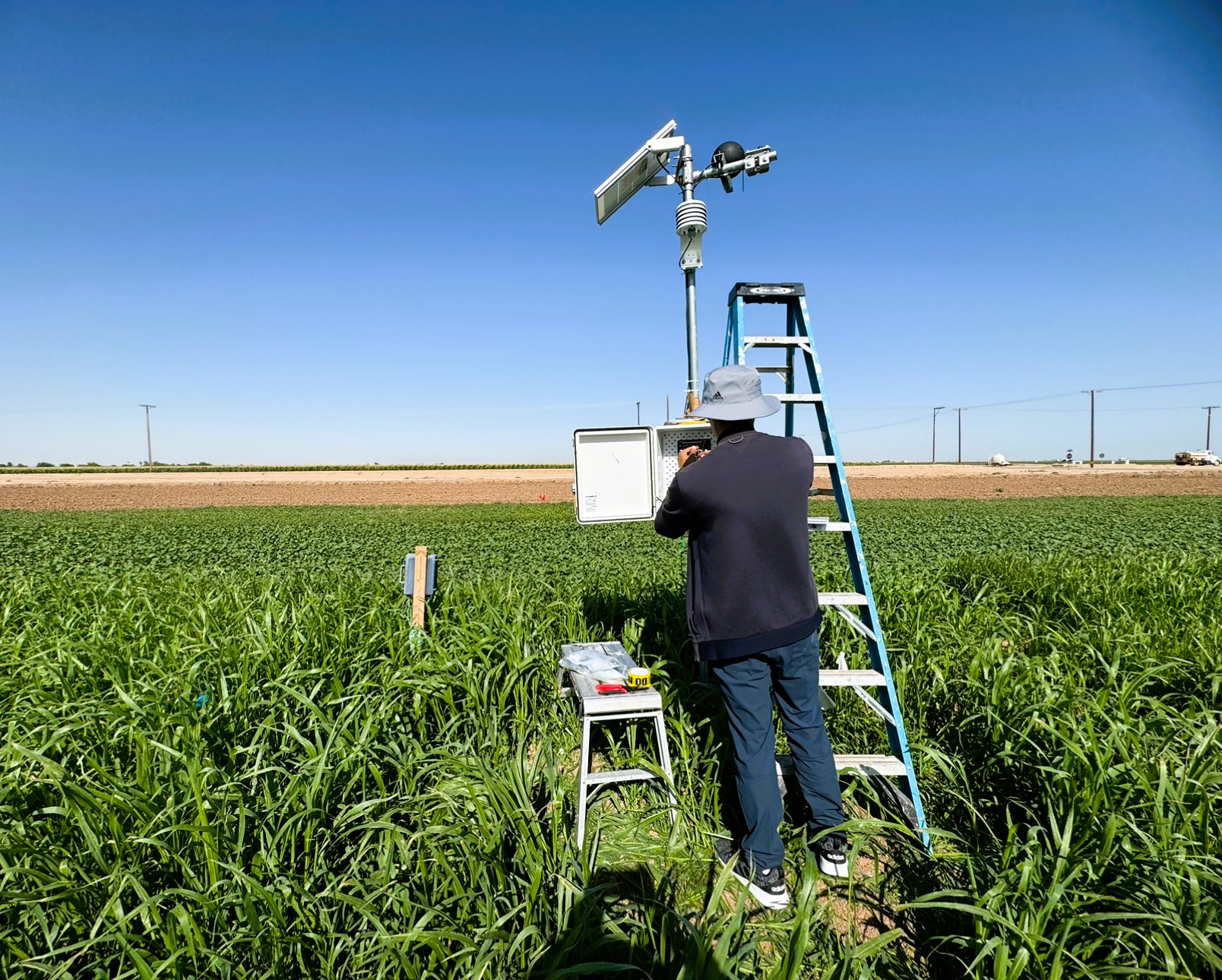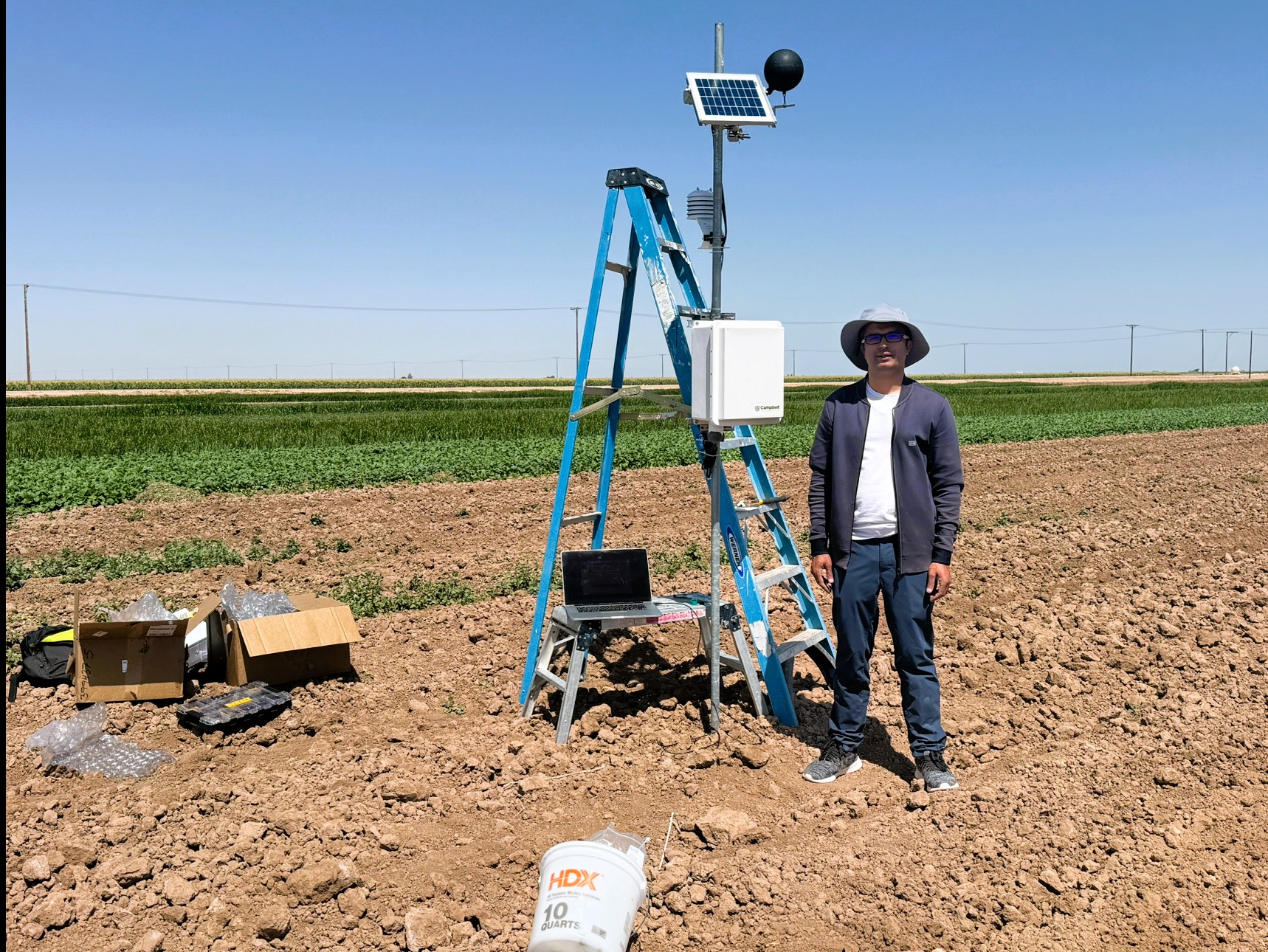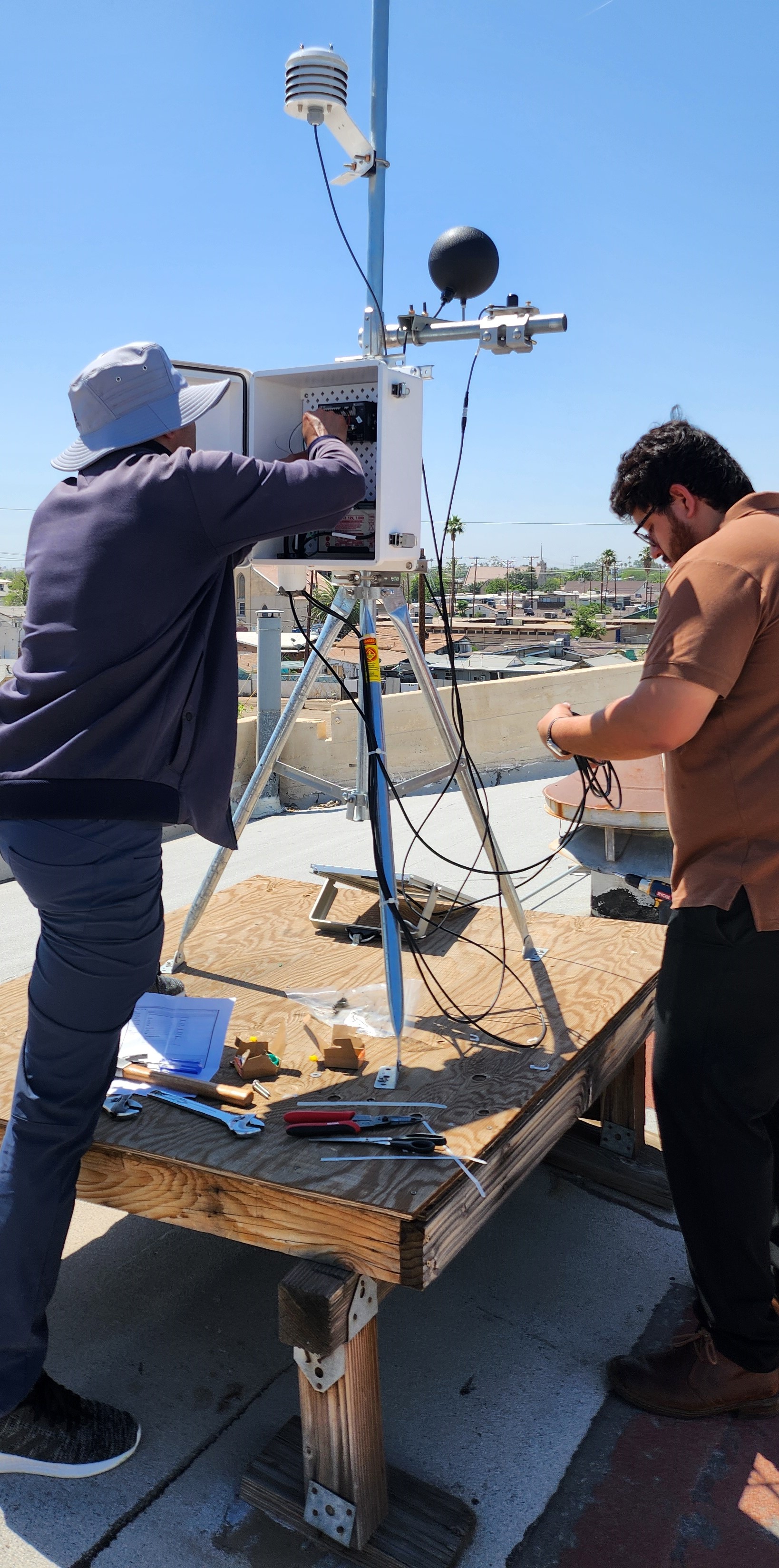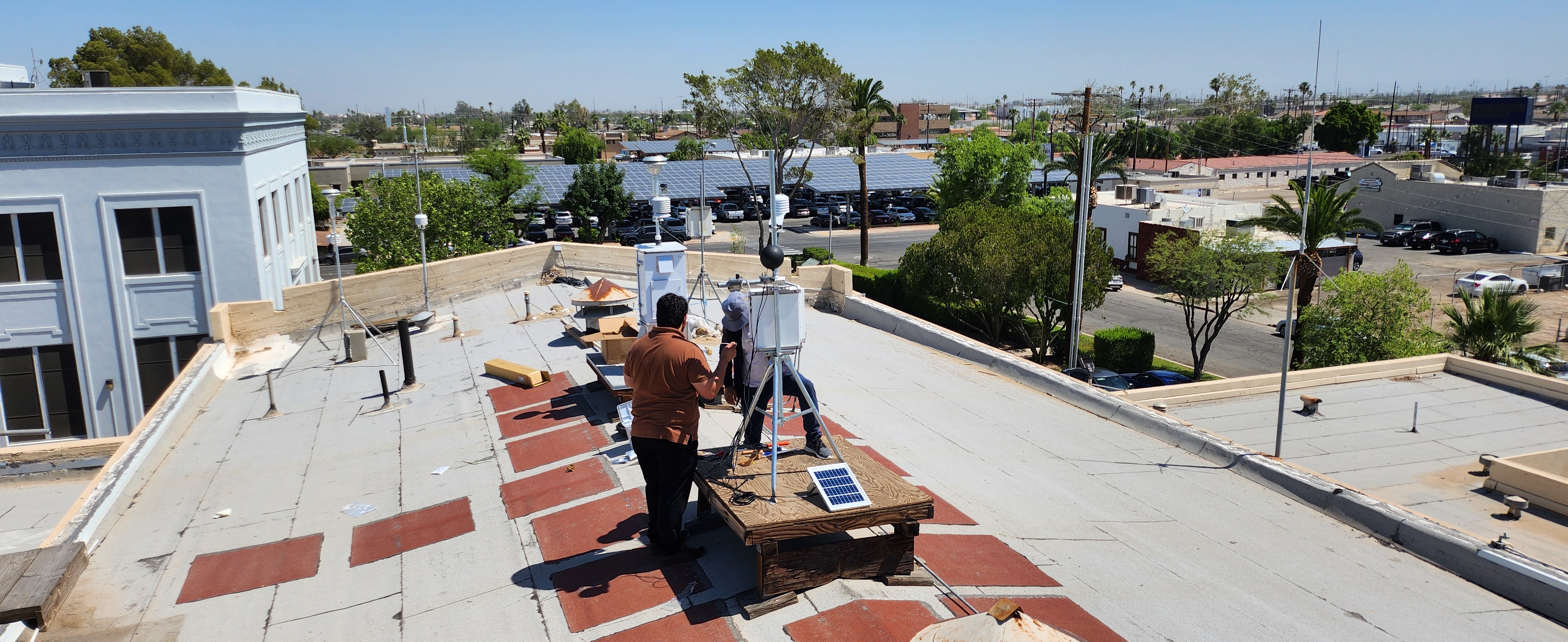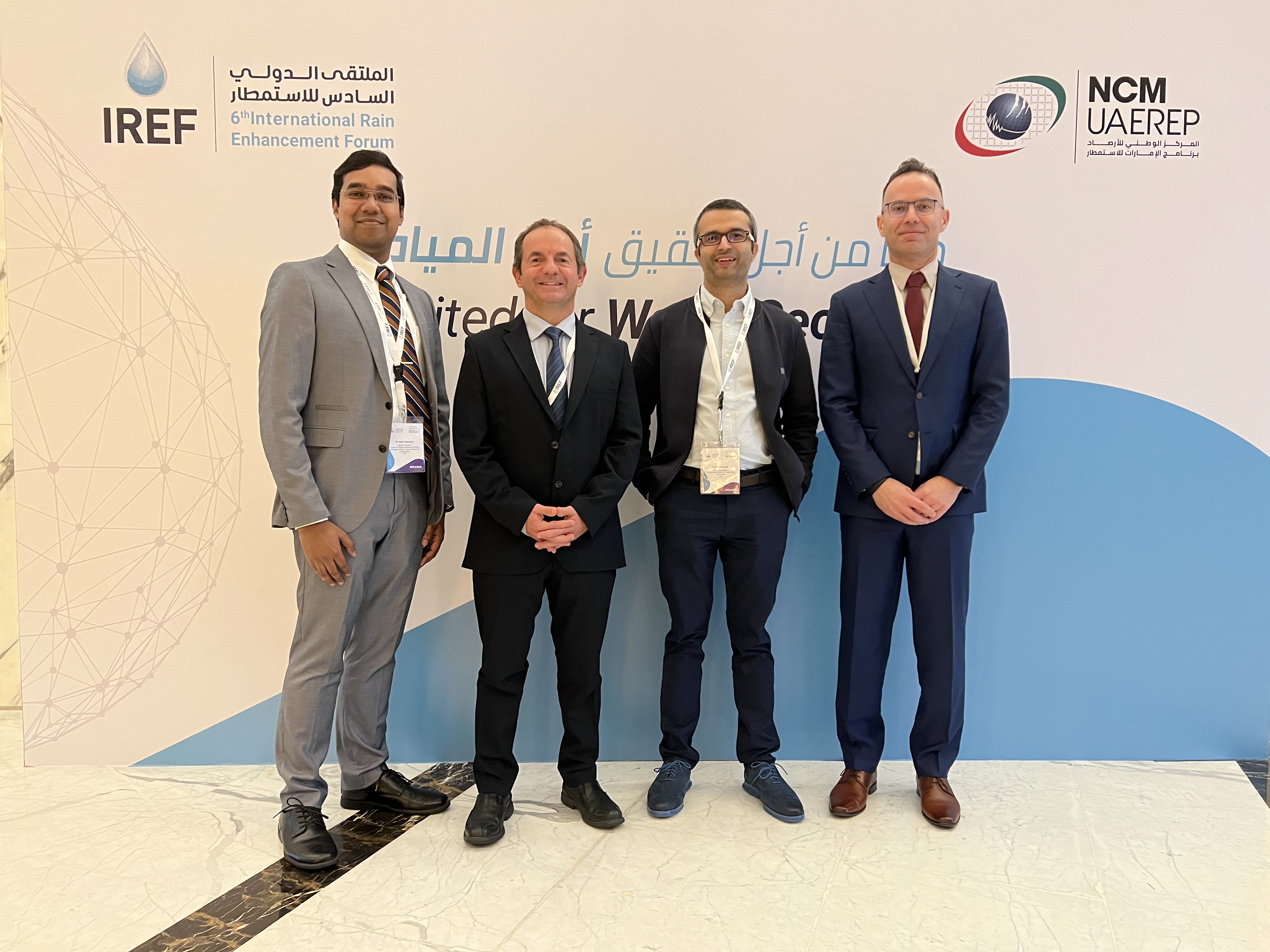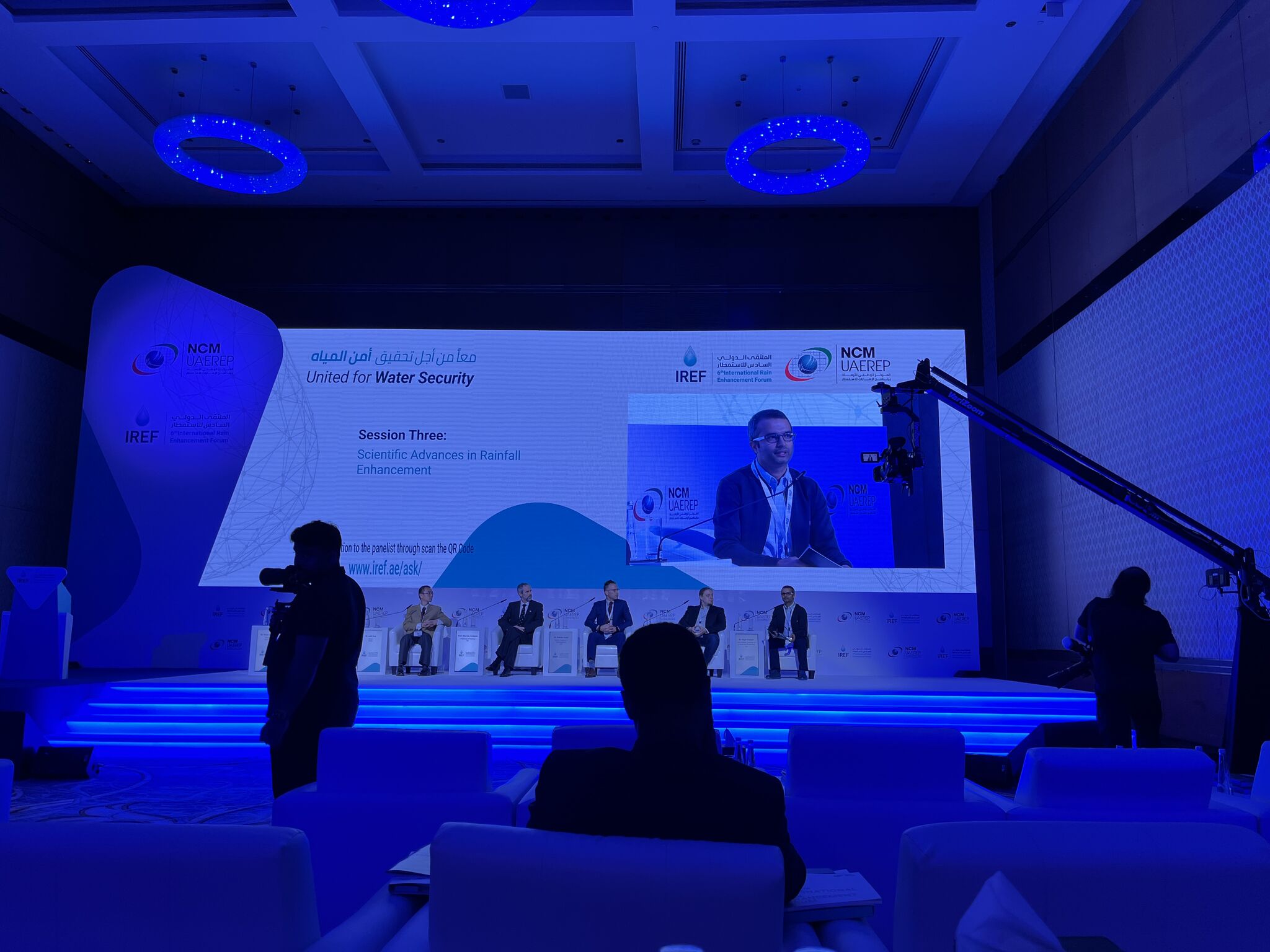How does irrigation impact heat stress on farmworkers?
We answer the above question in quite detail in our freshly pressed article in Nature Communication Earth & Environment. It is an open-access article and thus freely accessible to everyone:
https://www.nature.com/articles/s43247-024-01959-7
We used a regional climate model (WRF) set up at 1-km resolution to calculate Wet Bulb Globe Temperature (WBGT), a standard metrics of heat stress, using ECMWF’s thermofeel python library, and examined the impact of irrigation on heat stress in Southern California’s key agricultural region, the Imperial Valley. Our main conclusions are:
1. Irrigation reduces heat stress in the daytime but increases it at night.
2. Urban and fallow areas adjacent to the cropped fields also experience increased heat stress due to moisture advection from irrigated areas.
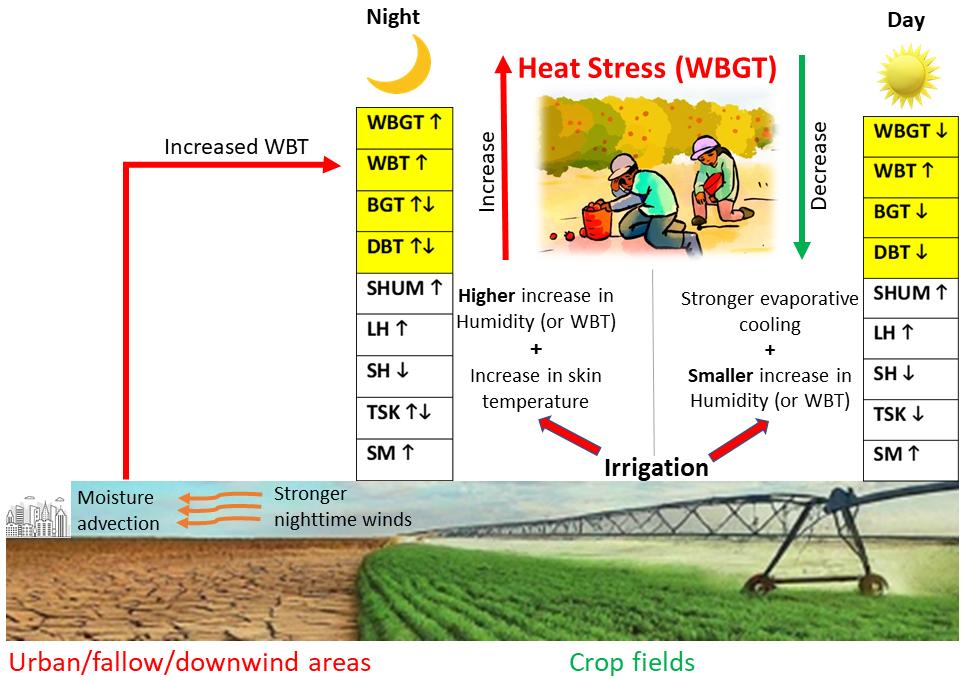
Some background about this work
According to a recent OEHHA report, heat related illnesses among farmworkers are the highest in the Imperial County in the entire California.
Imperial Valley is not a small area, the entire county is a cultivated field. That is roughtly the size of 7, 37, 000 football fields. No wonder, Imperial Valley produces about two-third of the winter vegetables and up to one-third of the fruits and nuts consumed in the US.
There are nearly a million farmworkers employed in the Central and Imperial Valley region. They are exposed to high heat stress everyday as they get involved in various agricultural activities from planting to harvesting to packaging, between late Spring to early Fall season.
One of the unique thing about the Imperial Valley is that irrigation is heavily applied in its cropfields – thanks to the All American Canal built in the 1930s. The amount of irrigation applied here (~ 5 ft) is more than 20 times greater than its annual rainfall (~3 inches).
Given such a large amount of irrigation applied in its cropfields, a natural question came in our mind. Does the irrigation affect heat stress experienced by farmworkers? If yes, when, where, and how? We try to answer these questions in the above article.
Please stay tuned for what is next. We are working on a follow-up article in which we calculate rest-break requirements for farmworkers using the same high-resolution climate model outputs. We are trying to help redefine California’s heat related policies to protect the outdoor workers.
Hats off to our food producers, the toughest and the most resilient, the farmworkers!
Thank you for reading this! Merry Christmas and happy holidays to you all!
Funding for this work was generously provided by University of California Office of the President under the project Rural Heat Island:
https://lnkd.in/g5WVqWrf
Parajuli, S.P., Biggs, T., de Sales, F. et al. Impact of irrigation on farmworker’s heat stress in California differs by season and during the day and night. Commun Earth Environ 5, 787 (2024). https://doi.org/10.1038/s43247-024-01959-7





